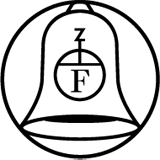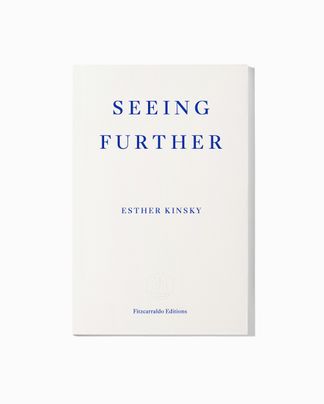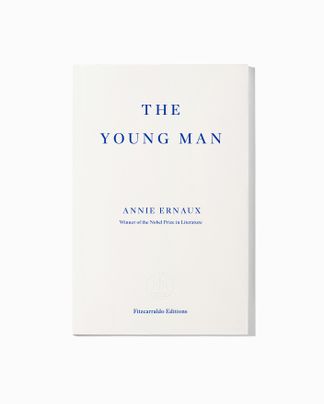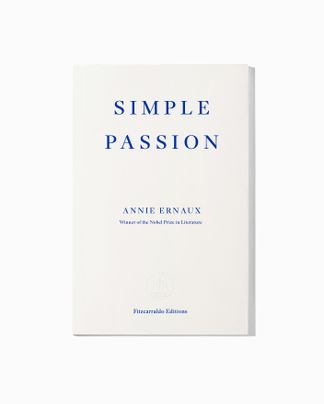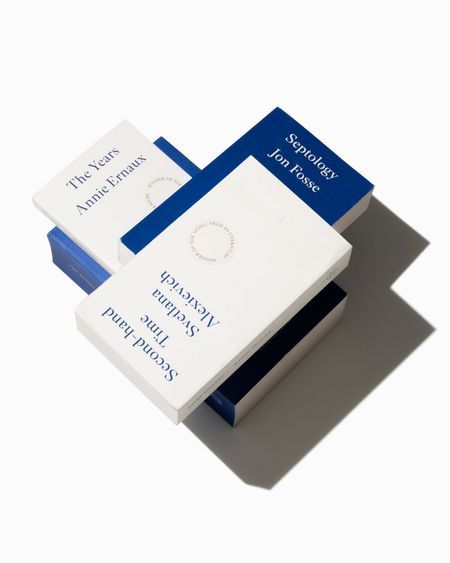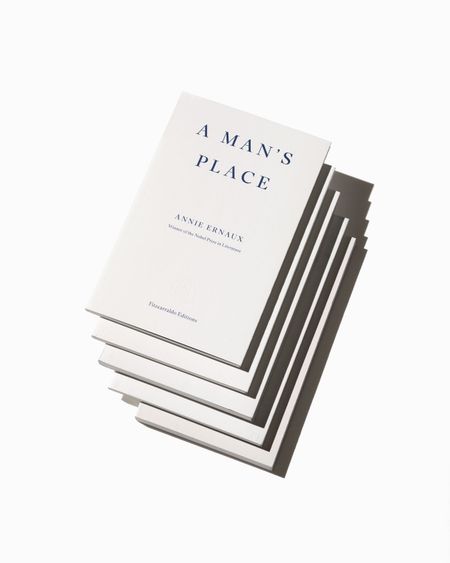The Use of Photography recounts a passionate love affair between Annie Ernaux and the journalist and author Marc Marie, after the two met in January 2003. Ernaux had been receiving intensive chemo for breast cancer during the prior three months, and had lost all her hair from the treatments. At the end of January she had surgery, followed by radiation therapy. The affair took place in different locations and Ernaux describes how, shortly after it began, she found herself entranced each morning by the sight of clothes strewn about, chairs out of place and the remains of their last meal of the evening still on the table – and how painful it felt to put things back in order afterwards. She went and got her camera, and began to take photographs of the scenes of disarray. When she told Marc Marie what she had done, he said he had felt the same desire. Translated by Alison L. Strayer into English for the first time, The Use of Photography is an extraordinary meditation on eroticism, photography and writing, a major work by the 2022 Nobel Prize in Literature laureate.
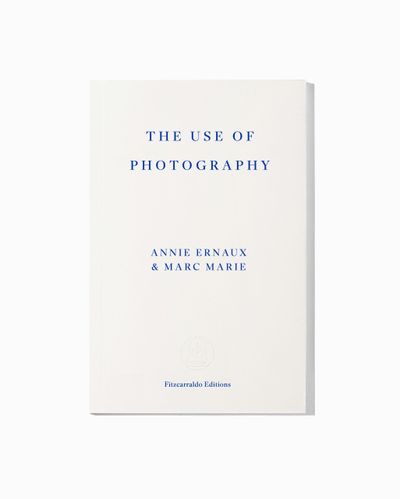
The Use of Photography
Translated by Alison L. Strayer
French paperback with flaps, 136 pages
Published 10 October 2024
The Use of Photography
Translated by Alison L. Strayer
Often, from the start of our relationship, on getting up in the morning, I would gaze in fascination at the dinner table, which had not been cleared, at the chairs out of place, our tangled clothes that had been thrown all over the floor the night before, while we were making love. It was a different landscape every time. Having to destroy it by separating and picking up each of our belongings made my heart heavy. I felt as if I were removing the only objective trace of our pleasure.
One morning, I got up after M. had left. When I came downstairs and saw the pieces of clothing and lingerie, the shoes, scattered over the tiles of the corridor in the sunlight, I had a sensation of sorrow and beauty. For the first time, I thought that this arrangement born of desire and accident, doomed to disappear, should be photographed. I went to get my camera. When I told M. what I had done, he confessed to having felt the same desire.
Tacitly, from that time on, as if making love were not enough and we needed to preserve a material representation of the act, we continued to take photos. Some we took immediately after lovemaking, others the next morning. The morning pictures were the most moving. These things cast off by our bodies had spent the whole night in the very place and position in which they’d fallen, the remains of an already distant celebration. To see them again in the light of day was to feel the passage of time.
Very soon we grew eager, even excited to discover together and to photograph the always new and unpredictable composition, whose elements – jumpers, stockings, shoes – had organized themselves according to unknown laws, movements and gestures that we had forgotten, of which we had been unaware.
A rule was spontaneously established between us: never to touch the arrangement of the clothing. To move a high-heeled shoe or a T-shirt would have been wrong, as impossible for me as changing the order of the words in my journal. It would have been an attack on the reality of our act of love. And if one of us had, without thinking, picked up a piece of clothing, it was not put back for the photograph.
M. usually took several shots of the scene, framing them differently to capture all the things scattered on the floor. I preferred him to do the shooting. Unlike him, I have little experience of photography, which I’ve only practised in a sporadic, absent-minded way until now. At first he used the heavy black Samsung that belonged to me, then the Minolta that had belonged to his late father, and later the small Olympus that replaced my faulty Samsung. All three were analogue cameras.*
There was a delay of one or several weeks (the time it took to finish the film and bring it to Photo Service for development) between our taking the photos and viewing them for the first time, which was done according to a ritual:
the person who went to collect the prints was not allowed to open the packet;
both of us had to be sitting on the sofa, side by side, with a drink in front of us and a CD playing in the background; and
the photos were to be removed from the envelope one at a time and viewed by both of us.
Each time was a surprise. We did not immediately recognize the room in the house where the photo had been taken, or the clothing. It was no longer the scene we had seen and wanted to save, soon to be lost, but a strange painting, with often sumptuous colours and enigmatic shapes. We felt as if the lovemaking of the night or the morning, the date of which we already struggled to recall, had taken on material form and at the same time been transfigured, as if it now existed elsewhere, in a mysterious space.
For a few months, it was enough for us to simply take photos, to view and to accumulate them. The idea of writing about them came up one evening over dinner. I don’t remember who had the idea first, but we knew at once that we shared the same desire to give it substance. It was as if what we’d thought until then would be enough to preserve a trace of our moments of love – the photos – was not enough and we needed something more – writing.
We chose fourteen of the forty-odd photos and agreed that each would write separately, in total freedom, never show the other anything until it was done, or even change a word. The rule was strictly observed until the end.
There was only one exception. When we started to take these photos, I was undergoing treatment for breast cancer. While writing, I very quickly felt the necessity of evoking the other scene playing itself out inside my body, absent from the photographs – the blurred and stupefying (‘Is it really me this is happening to?’) struggle between life and death. I mentioned it to M. Like me, he was unable to ignore this aspect, which had been an essential part of our relationship for months. It was the only time we talked about the content of our ‘compositions’, a spontaneous, provisional name we gave to our project, corresponding (in both senses of the word) to what they were to us.
I cannot define the value or the interest of our undertaking. In a way, it belongs to the same frenzy for turning life into images that is increasingly characteristic of our age. Whether through photographs, or writing, we strove each time to give greater reality to moments of pleasure that were fleeting and impossible to represent. To capture the unreality of sex in the reality of what it leaves behind. The highest degree of reality, however, will only be attained if these written photos are transformed into other scenes in the reader’s memory or imagination.
Cergy, 22 October 2004
* This term, which has appeared in recent years to mark the difference from ‘digital’, just as vinyl marks the difference from CD in music, is a distinction that heralds the programmed disappearance of the former in favour of the latter. It strikes me as incongruous, impossible to apply to what for me will remain forever, simply, a camera.
‘The Use of Photography … approaches Ernaux’s experience of breast cancer in the early 2000s with a similar fearlessness, emphasizing sensuality in the face of death. It is a radical gesture to treat the sick body, a body threatened by its own demise, as one that is also capable of performing that most generative of acts: sexual intercourse. In doing so, Ernaux takes control of, and breathes life into, the narrative of illness and death.’
— Rhian Sasseen, The Atlantic
‘With her signature resolute honesty, [Ernaux] dissects the power of passion and her own jealousy…. She awards herself the right to describe things just how they are without caring one jot how it reflects on her. This gives power to all her works.’
— Magdalena Miecznicka, Financial Times
‘In alternating chapters, Ernaux and Marie analyze photographs from that period, discussing the specter of death that hung over their trysts (at one point, Ernaux bought herself a funeral plot), the sweet devotion Marie felt for his ailing “mermaid woman,” and eventually, the end of their relationship. Each author’s candor – about their sexuality as well as the importance of such an intense connection at that crossroads in their lives – is remarkable, and is enhanced rather than obscured by the framework of photographic analysis. The results are generous, steamy, and unexpectedly moving.’
— Publishers Weekly
‘[Ernaux’s] reflections – on desire, illness, memory and encroaching mortality as well as photography – are juxtaposed with those of her former lover Marc Marie, a journalist and photographer with whom she had a prolonged and passionate love affair in 2003. Rather than dilute the intensity of her prose, their to-and-fro conversation somehow works…. Their love affair is punctuated with visits to the Institut Curie and the book details visceral descriptions of her physical and psychological condition, her punishing treatments and her acute sense of death’s imminence. Throughout this heightened interregnum, their intense couplings become a kind of defiance of the same.’
— Sean O’Hagan, Observer
‘Reading her is like getting to know a friend, the way they tell you about themselves over long conversations that sometimes take years, revealing things slowly, looping back to some parts of their life over and over, hardly mentioning others.’
— Joanna Biggs, London Review of Books
‘Annie Ernaux is one of my favourite contemporary writers, original and true. Always after reading one of her books, I walk around in her world for months.’
— Sheila Heti, author of Pure Colour
‘Ernaux has inherited de Beauvoir’s role of chronicler to a generation.’
— Margaret Drabble, New Statesman
‘Across the ample particularities of over forty years and twenty-one books, almost all short, subject-driven memoirs, Ernaux has fundamentally destabilized and reinvented the genre in French literature.’
— Audrey Wollen, The Nation
‘I find her work extraordinary.’
— Eimear McBride, author of A Girl is a Half-Formed Thing
Born in 1940, Annie Ernaux grew up in Normandy, studied at Rouen University, and later taught at secondary school. From 1977 to 2000, she was a professor at the Centre National d’Enseignement par Correspondance. Her books, in particular A Man’s Place and A Woman’s Story, have become contemporary classics in France. In 2022, she was awarded the Nobel Prize in Literature.
Marc Marie was a French photographer and journalist.
Alison L. Strayer is a Canadian writer and translator. Her work has been shortlisted for the Governor General’s Award for Literature and Translation, the Grand Prix du Livre de Montréal, and longlisted for the Prix Albertine. Her translation of The Years by Annie Ernaux was awarded the 2018 French-American Prize, shortlisted for the International Booker Prize in 2019, and awarded the Warwick Prize for Women in Translation, honouring both author and translator.
